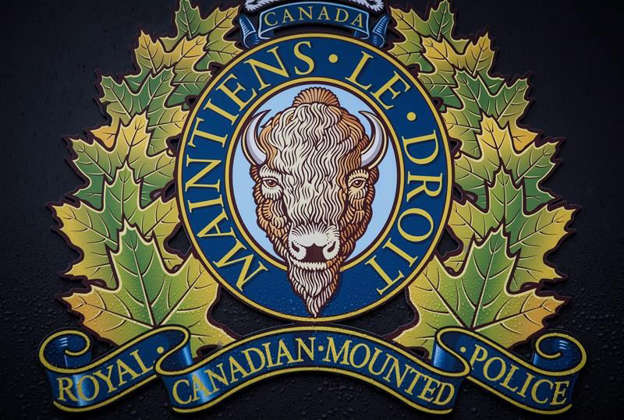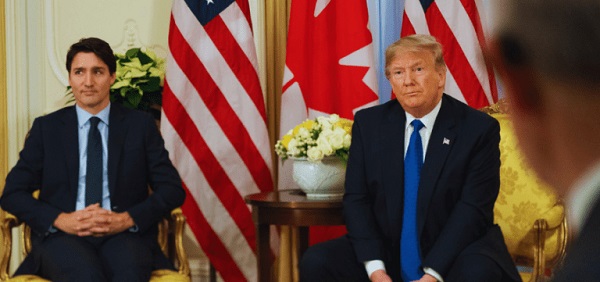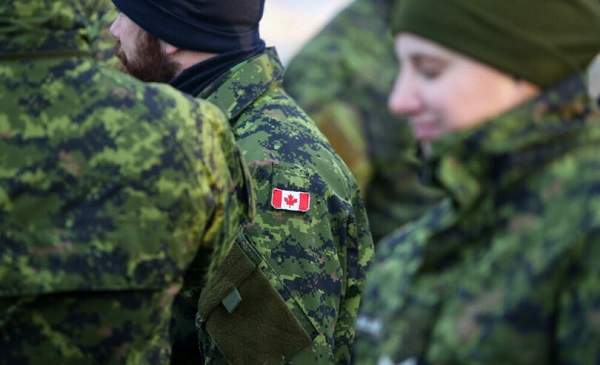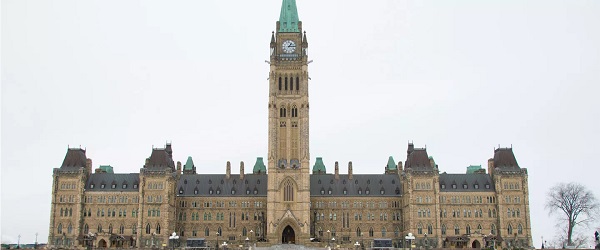Alberta
Police seize more than 66 kg of illicit drugs in interprovincial trafficking investigation

News release from the Edmonton Police Service
The Edmonton Police Service (EPS) has seized more than 66 kilograms of methamphetamine, cocaine, fentanyl and heroin in a large-scale drug investigation in central Edmonton.
In December 2023, members of the Edmonton Drug and Gang Enforcement Section (EDGE) initiated an inter-provincial drug trafficking investigation.
During the investigation, three male suspects were noted to be involved in various aspects of inter-provincial drug trafficking, including transporting drugs into and out of Alberta, as well as distributing them throughout Edmonton, including the inner-city community. A storage location for the drugs was located in a central Edmonton high rise apartment.
On May 9, 2024, police executed search warrants at three residences and four vehicles. As a result of the search warrants, EDGE members seized:
- 55.7 kg of methamphetamine, worth approximately $250,650
- 8.7 kg of cocaine, worth approximately $696,000
- 2.5 kg of fentanyl, worth approximately $300,000
- 83.5 grams of heroin, worth approximately $28,400
- 20 kg of buffing agent
- Five handguns, three of which were loaded at the time of seizure and two of which had defaced serial numbers. Two were also reported stolen in Saskatchewan and Alberta, and one originated from the U.S.
- Four vehicles with hidden compartments
- Approximately $20,000 in various currency
Drugs and firearms located in one of EPS’ largest-ever drug seizures
“This investigation is believed to be one of the largest, if not the largest, seizure of controlled substances in EPS history,” says Staff Sergeant David Paton, with the Edmonton Drug and Gang Enforcement (EDGE) Section. “Intercepting this huge volume of extremely harmful street drugs before they wreak havoc in our city is a rewarding outcome for our investigators, who have worked tirelessly for months on this operation.”
Jesse Koble, 29, is facing 27 charges, Mitchell Steeg, 31, is charged with nine offences, and Steven Santillana, 34 is charged with two offences, for a total of 38 drug and firearms-related criminal charges.
The EPS takes a strategic approach to drug and organized crime related violence through its Guns and Gangs Strategy. This plan considers the unique factors driving serious crime in the city, identifying key focus areas that require increased and sustained effort to reduce victimization and improve community safety.
The strategy leverages EPS’ internal expertise and external partnerships with other enforcement and social agencies to strike a balance between education, suppression, intervention, and prevention. It encompasses immediate and long-term solutions that both hold those perpetrating violence accountable and lead willing individuals away from gang association.
Alberta
Integrated Border Enforcement Team makes 189 kg cocaine bust at Coutts port of entry

News release from Alberta RCMP
Canada Border Services Agency (CBSA) officers, working with the Integrated Border Enforcement Team (IBET) in Alberta, a joint force operation between the RCMP Federal Policing Northwest Region, CBSA and Calgary Police Service, seized 189 kg of cocaine following a secondary examination of a commercial truck seeking entry at the Coutts port of entry on Nov. 13, 2024. The drugs have an approximate wholesale value of $2 million.
“The safety and security of Canadians is the RCMP Federal Policing Northwest Region’s top priority. With the support of various law enforcement agencies, we’ve successfully prevented harmful drugs from entering Canada and harming our communities.
- Supt. Sean Boser, Officer in Charge of Federal Serious Organized Crime and Border Integrity – Alberta, RCMP Federal Policing Northwest Region
“I want to commend our CBSA officers who prevent illegal narcotics from breaching our borders and disrupt crime networks. In cooperation with our law enforcement partners, the RCMP and the Calgary Police Service, this significant seizure serves as another example of how Canada’s borders are being secured and drugs are kept off our streets.”
- Ben Tame, Director, Southern Alberta and Southern Saskatchewan District, Canada Border Services Agency
“Our efforts to combat drug trafficking rely heavily on working closely with our partner law enforcement agencies, including the CBSA and RCMP. This is a significant seizure that undoubtedly had the potential to cause serious damage to our community.”
- Supt. Jeff Bell, Criminal Operations & Intelligence Division, Calgary Police Service
IBET’s mandate is to enhance border integrity and security along the shared border, between designated ports of entry, by identifying, investigating and interdicting persons, organizations and goods that are involved in criminal activities.
All partners are engaged in the ongoing criminal investigation.
Alberta
Alberta government must do more to avoid red ink

From the Fraser Institute
By Tegan Hill
As Albertans look toward a new year, it’s worth reviewing the state of provincial finances. When delivering news last month of a projected $4.6 billion budget surplus for fiscal year 2024/25, the Smith government simultaneously warned Albertans that a budget deficit could be looming. Confused? A $4.6 billion budget surplus sounds like good news—but not when its on the back of historically high (and incredibly volatile) resource revenue.
In just the last 10 years, resource revenue, which includes oil and gas royalties, has ranged from a low of $3.4 billion in 2015/16 (inflation-adjusted) to a high of $26.1 billion in 2022/23. Inflation-adjusted resource revenue is projected to be relatively high in historical terms this fiscal year at $19.8 billion.
Resource revenue volatility is not in and of itself a problem. The problem is that provincial governments tend to increase spending when resource revenue is high, but do not similarly reduce spending when resource revenue declines.
Overall, in Alberta, a $1 increase in inflation-adjusted per-person resource revenue is associated with an estimated 56-cent increase in program spending the following fiscal year, but a decline in resource revenue is not similarly associated with a reduction in program spending. Over time, this pattern has contributed to historically high levels of government spending that exceed ongoing stable levels of government revenue.
And while the Smith government has shown some restraint, spending levels remain significantly higher than reliable ongoing levels of government revenue. Put simply, unpredictable resource revenue continues to help fund Alberta’s spending—and when resource revenues inevitably fall, Alberta is at high risk of plummeting into a deficit.
Indeed, Finance Minister Nate Horner continues to emphasize that we are “living in extremely volatile times” and warning that if oil prices fall below $70.00 per barrel a budget deficit is “very likely.” According to recent forecasts, the price of oil may hit $66.00 per barrel in 2025.
To avoid this fate, the Alberta government must do more to rein in spending. Fortunately, there’s plenty of options.
For example, the government spends billions in subsidies (a.k.a. corporate welfare) to select industries and businesses every year. A significant body of research shows these subsidies fail to generate widespread economic benefits. Eliminating this corporate welfare, which would generate significant savings in the budget, is a good place to start.
If the Smith government fails to rein in spending, and Alberta incurs a budget deficit, it will only mean more government debt on the backs of Albertans. And with Albertans already paying approximately $650 each in provincial government debt interest each year, that’s something Albertans simply can’t afford.
With a new year set to begin, the Smith government continues to warn of a budget deficit. But rather than simply prepare Albertans for more debt accumulation—financed by their tax dollars—the government should do more to avoid red ink. That means cutting wasteful government spending.

Tegan Hill
Director, Alberta Policy, Fraser Institute
-

 Health21 hours ago
Health21 hours agoTrump doubles down on using RFK Jr. to study possible link between vaccines and autism
-

 Crime20 hours ago
Crime20 hours agoBiden’s ‘preemptive pardons’ would set ‘dangerous’ precedent, constitutional scholar warns
-

 International2 days ago
International2 days agoBombshell report shows FBI had ‘informants’ in Washington, DC on January 6
-

 Business22 hours ago
Business22 hours agoCanada needs to get serious about securing its border
-

 Business1 day ago
Business1 day agoOut-Trumping Trump: A Mission Without a Win
-

 Business2 days ago
Business2 days agoFor the record—former finance minister did not keep Canada’s ‘fiscal powder dry’
-

 Business23 hours ago
Business23 hours agoCanadians face massive uncertainly and turbulence in 2025
-

 armed forces2 days ago
armed forces2 days agoCanadian military deployed ‘gender advisors’ to Ukraine, Haiti at taxpayers’ expense






